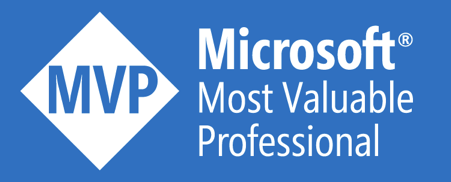Last week, I attended the INTEGRATE conference. Unlike other years, there were no real big announcements. However, I would like to share my main take-aways from the conference:
Logic Apps Standard is the way forward
The product team is really betting on the new and portable runtime that is built on top of Azure Functions. The main benefit is that you can run it on your local workstation for development purposes, within your virtual network for enterprise-grade security and soon on top of Azure Arc to enable multi-cloud and hybrid integration scenarios. The main issue with Logic Apps Standard currently is the limited support for built-in connectors. This is an area where they are heavily investing and you can follow the progress in the public connector roadmap.
Low coding is gaining popularity
Even during an integration-focused conference, which is a rather technical niche, the number of talks that covered low coding in one way or another was pretty high. This is not surprisingly, because the Microsoft Power Platform is getting more and more mature and the integration capabilities with Azure are really great! At Noest, we fiercely believe in combining the speed of low-coding with a powerful Azure-based backbone.
API Management takes a prominent role
Azure API Management gets finally the focus and credits that it deserves over the last years. It’s an architecture building block that should be on any architecture diagram, because it allows an evolving cloud architecture. When building hybrid solutions with the Power Platform and Azure, it typically acts like the secure glue between these two worlds. Azure API Management has gained a strategic importance at Microsoft and their release cadence is bringing nice goodies at a monthly basis!
A powerful data mapper could be a game changer
Performing (complex) data transformations between flat files, XML and JSON objects is often a cumbersome experience within Azure. The Logic Apps team has revealed that they are working on a new, cloud native data mapper. Throughout a survey, it became clear that this is a really important piece of the integration puzzle that is currently missing. I truly hope that the new mapper will be able to live up to the high expectations.
Have you identified other conclusions or trends? Please share them with me!
Thanks
Toon












